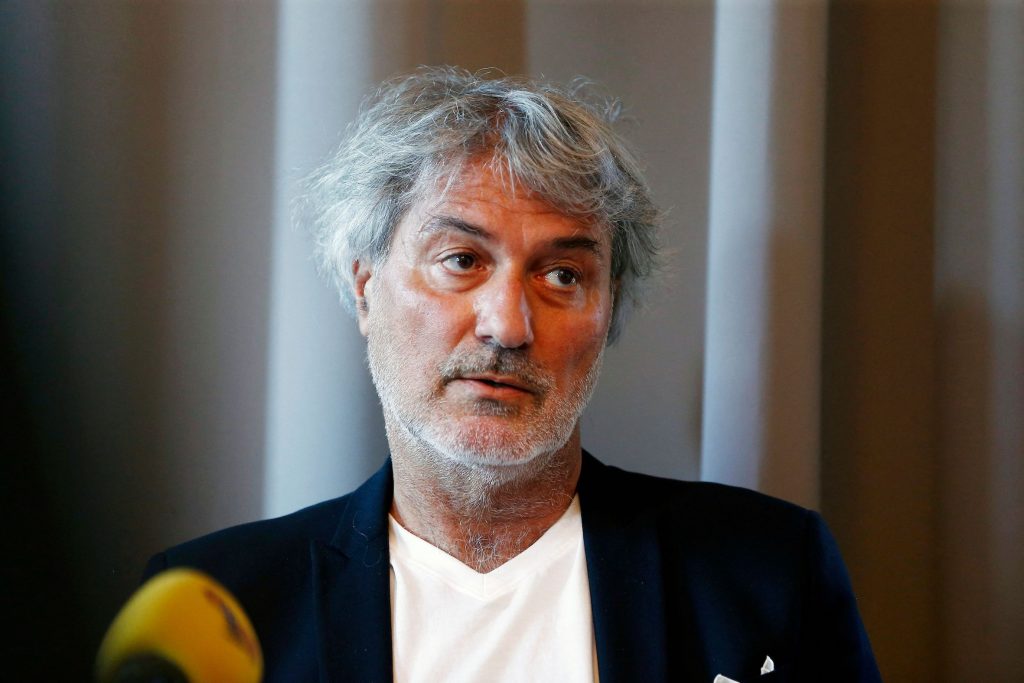I found interest in the Paolo Macchiarini case, when watching ‘Bad Surgeon: Love Under the Knife’ on Netflix, described as one of the biggest frauds in modern medical history. As a biomedical sciences student and a fan of true crime documentaries I inevitably binge watched the series. Then when I attended lectures on tissue engineering and the ethics and laws surrounding the use of body parts in biomedical research, I decided to produce this blog combining what I’d learnt.

Paolo Macchiarini is an Italian born thoracic surgeon and researcher in regenerative medicine. He rose to fame in 2008, when he successfully completed a thoracic transplant in Barcelona by chemically stripping a donor windpipe and then seeding the bare scaffold with stem cells from the patient’s bone marrow (autogenic cells). (1) After his initial success Macchiarini was recruited by the Karolinska Institutet (KI) as a visiting professor and researcher in regenerative medicine and stem cell biology as well as being employed by the Karolinska University Hospital as a consultant and surgeon. Here he begins to use synthetic plastic windpipes and patient stem cells. Out of the eight thoracic transplants he performs at both Karolinska and in Russia, seven of them die within a few months or years post-op.

When reading around the ethics of regenerative medicine specifically, I found this article discussing the main ethical considerations concerned, including: patient consent, safety and efficacy, professional responsibility and, equity and fairness.
During this time, Macchiarini failed to consider any of these factors.
It was found that a proper risk assessment was never performed nor did his team seek permission from the government for the use of the plastic scaffolds, stem cells or chemical growth factors required for the procedure. Furthermore, Macchiarini was found to deliberately misrepresent his results in publications. Some papers claimed improvement in patients, however there was no record of examination. The plot further thickens when the validity of the murine studies was assessed. In the critical rat-model papers, the data collected, weight-gain data and computed-tomography (CT) overexaggerated the success of the study. (2) So where usually years of thorough pre-clinical testing is conducted to ensure the windpipe is fit for use, Macchiarini essentially publishes made up results to bypass this stage.
What I found to be especially concerning was that the misconduct was not limited to Macchiarini, but actually extends to his fellow researchers, his supervisors and the Karolinska Institutet itself. In order to carry out the transplantation, permission from the Swedish Medical Products Agency (MPA) is required due to the fact that synthetic tracheas are classed as “advanced therapy medicinal product”. Who was at fault was never clarified. Additionally, the Karolinska Hospital had deemed the operations as care interventions on the basis of so-called vital indication, (last resort treatment), but when reassessed it was found that some of the patients were actually relatively healthy, making the risk of the surgery completely unjustifiable.
After the thorough investigation of the Karolinska Institutet, an action plan was put in place to prevent future incidents. To summarise, the main initiatives include but are not limited to; strengthened ethical orientation, increased support for leaders, establishment of the council for the investigation of deviations from good research practise, review of admissions and recruitment and support systems put in place to aid incident reports. (3)
This case encapsulates the importance of ethical research and the risks associated with regenerative medicine, and is a lesson to scientists about our responsibility in producing genuine data.
This is an excellent blog, which captures your personal reflection and enthusiasm on the topic of ethics in research, inspired by both the netflix series and lectures. You have given a very good overview on the story, and the flaws which enabled it to happen, pointing out the importance of the good ethical practise. You have used the wordpress tech very well.
You could improve this blog by the addition of the reference materials, which support your evidence, as I wasnt able to follow the number references (1-3).